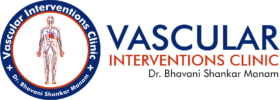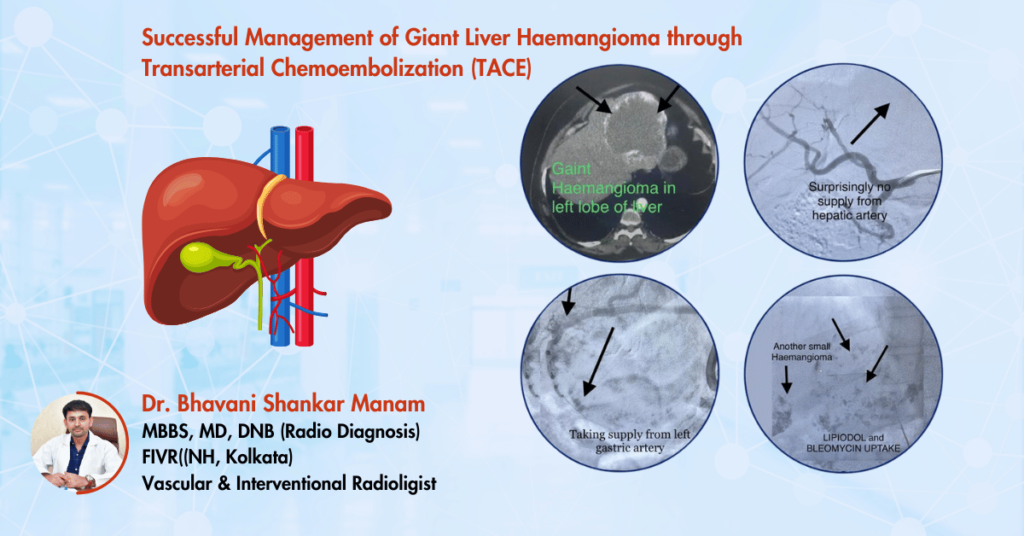Obstructive Jaundice: Overcoming Challenges with PTBD and Metallic Stenting
Obstructive jaundice, especially when caused by carcinoma of the pancreatic head, presents significant challenges. However, Percutaneous Transhepatic Biliary Drainage (PTBD) and Metallic Stenting provide effective, life-changing interventions. These procedures offer patients much-needed relief from jaundice-related symptoms, helping to restore normal bile flow and improving overall well-being.
Percutaneous Transhepatic Biliary Drainage (PTBD): A Minimally Invasive Solution
When dealing with obstructive jaundice, PTBD serves as a minimally invasive hero. Guided by advanced imaging, a fine needle is inserted through the skin, liver, and bile ducts, creating a new pathway for bile to flow. A catheter or stent is then placed to drain the accumulated bile. This approach not only alleviates the blockage but also provides quick relief from symptoms such as itching, skin discoloration, and loss of appetite.
Metallic Stenting: A Long-Term Solution for Bile Flow
Metallic stents are small, flexible tubes that help keep the bile ducts open, ensuring continuous bile flow. These stents are often inserted after PTBD to support the newly established drainage route. In some cases, metallic stents are used as a standalone solution. They are designed to provide long-term relief, maintaining bile flow and improving digestion for patients suffering from obstructive jaundice.
The Benefits of PTBD and Metallic Stenting
1. Rapid Relief from Symptoms
The combination of PTBD and metallic stenting offers fast and effective symptom relief. Patients quickly experience a reduction in the yellowing of the skin (jaundice) and relief from constant itching, which significantly enhances their quality of life.
2. Minimally Invasive, Faster Recovery
Both procedures are minimally invasive, which means smaller incisions and less trauma to the body. This leads to faster recovery times, allowing patients to return to their daily activities with greater ease and comfort.
3. Improved Quality of Life
Restoring bile flow can dramatically improve digestion and nutrient absorption. As a result, patients enjoy better overall health, more energy, and an improved quality of life—important factors when coping with the challenges of pancreatic carcinoma.
Conclusion: Hope for Patients with Obstructive Jaundice
In the fight against obstructive jaundice caused by pancreatic cancer, PTBD and metallic stenting stand out as pivotal solutions. They not only provide immediate symptom relief but also offer long-term benefits by ensuring bile flows freely and efficiently. These interventions play a critical role in improving the lives of patients facing severe challenges, making them essential tools in modern medical care.

